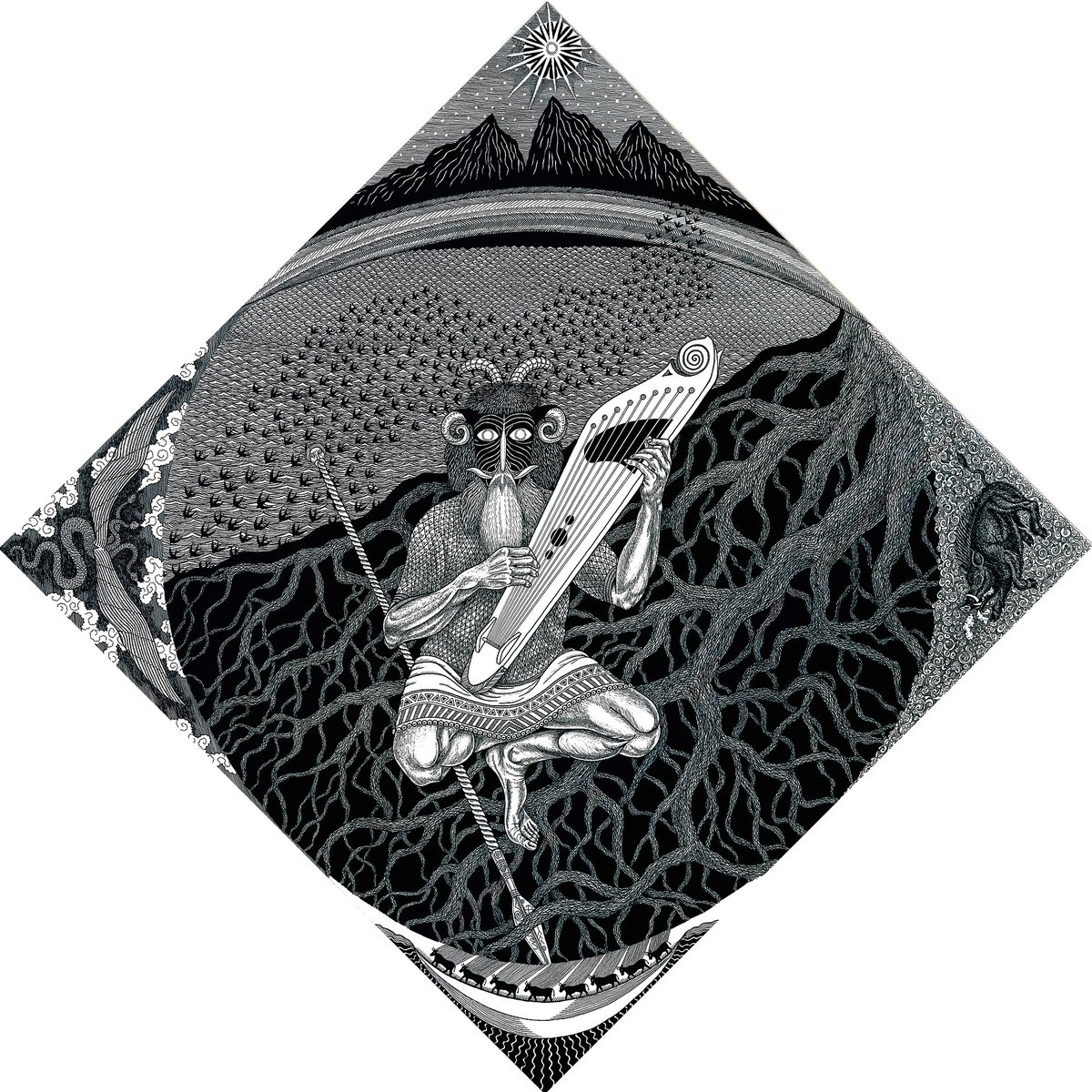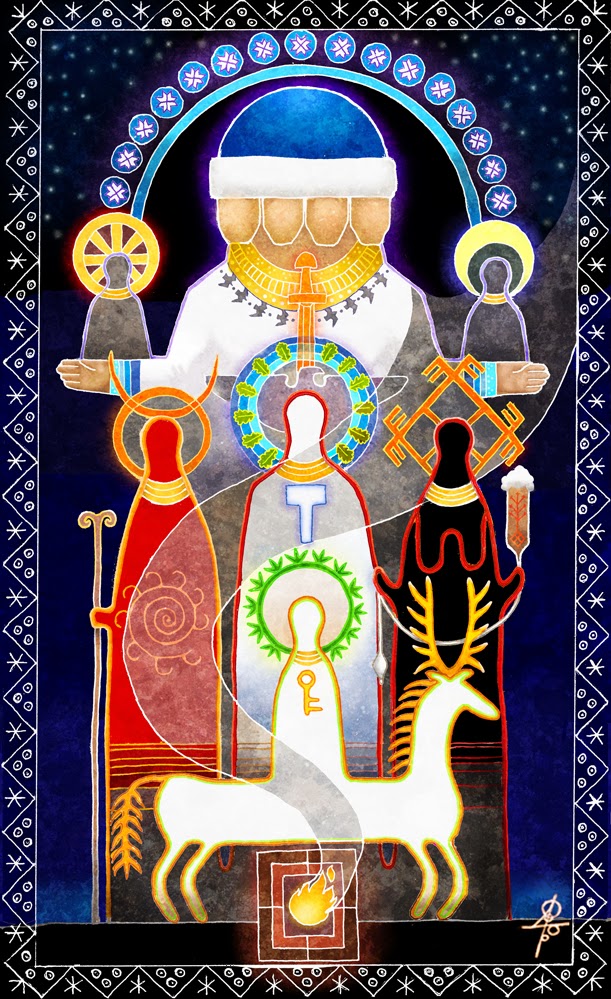#CROATIAN MYTHOLOGY IN RELATION TO NATKO
NODILO' doi.org/10.3986/Tradit…
cultures, and this left traces in their collective memory and knowledge."
the animal language."
language was stored in the world of the dead."
en.wikipedia.org/wiki/Narentines

commons.wikimedia.org/wiki/File:The_…






